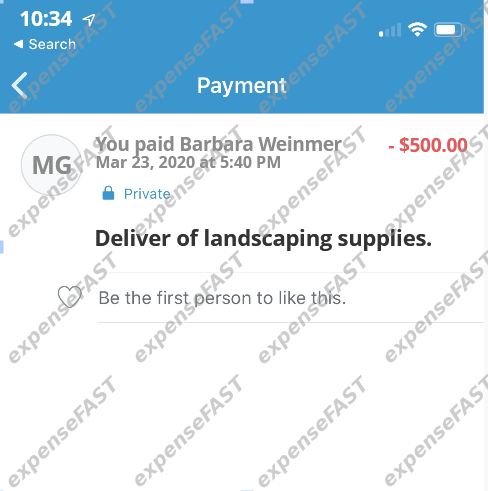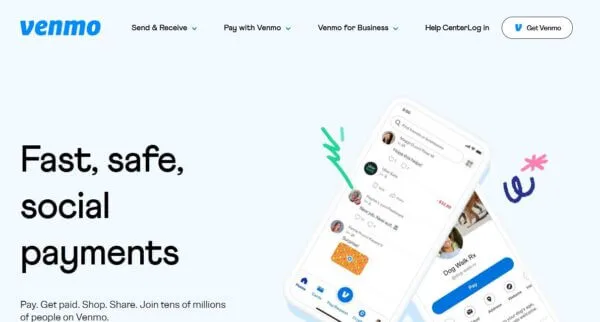In this digital world, we are heavily relying on apps and online platforms for a variety of financial transactions. Among them Venmo is a popular peer-to-peer payment app platform that has gained great popularity for its convenience and ease of use. However, with the rise of digital fraud and deception, it’s important to be aware of potential scams, including fake Venmo screenshots.
This article aims to shed light on the concept of fake Venmo screenshots, why they are used, and how you can identify them to protect yourself from falling victim to online fraud.
What Are Fake Venmo Screenshots?
Fake Venmo screenshots are manipulated or fabricated images that appear to show transactions or balances within the Venmo app. These screenshots are created with the intent to deceive or trick individuals into believing that a transaction has occurred or that a certain balance exists in someone’s Venmo account when, in reality, it does not.
Why Are Fake Venmo Screenshots Used?
There are various reasons why individuals might use fake Venmo screenshots:
- Scams: Scammers often use fake Venmo screenshots as part of their schemes to trick people into sending money or goods. They might show a fake payment confirmation to make it seem like they’ve paid for a product or service when they haven’t.
- Social Engineering: Fake Venmo screenshots can be used for social engineering purposes. An individual may create a fake screenshot to manipulate others into thinking they have paid a debt or made a donation, thus pressuring them to reciprocate.
- Personal Gain: In some cases, people may create fake screenshots to boast about their financial status or transactions on social media. This can be done for personal gain, such as gaining followers or appearing affluent.
- Pranks: Some individuals create fake Venmo screenshots as pranks or jokes, but this can lead to misunderstandings and confusion.

How to Identify Fake Venmo Screenshots
Spotting fake Venmo screenshots requires a discerning eye and attention to detail. Here are some tips to help you identify them:
- Check for Consistency: Real Venmo transactions are typically consistent with the app’s user interface. Look for discrepancies in fonts, colors, and layout that might indicate a fake screenshot.
- Verify the Username: Ensure that the Venmo username displayed in the screenshot matches the actual username of the person involved. Scammers often use similar-sounding usernames to deceive.
- Cross-Check with the Venmo App: If you receive a screenshot from someone claiming a transaction, ask them to verify it within the Venmo app. Authentic transactions should be visible in their transaction history.
- Look for Editing Signs: Zoom in on the screenshot and examine it closely for signs of editing, such as pixelation, uneven edges, or inconsistencies in the details.
- Ask for Additional Proof: If you have any doubts, request additional proof of the transaction, such as a transaction ID or confirmation email.
Screenshots can be easily manipulated with photo editing software, so it’s essential to exercise caution when dealing with online transactions, even in this digital world.
Points to Keep in Mind
Let’s examine few points that will help you identify fake venmo app screenshot. These tips will help you learn how to spot the red flags:
Red Flags:
- Inconsistent Fonts: Notice how the fonts used in the username and transaction details differ from the Venmo app’s standard fonts.
- Unusual Transaction Amount: The transaction amount of $1,000 may seem suspicious, especially if it’s out of context.
- Lack of Transaction ID: A genuine Venmo transaction would typically include a transaction ID, which is missing here.
Conclusion
Fake Venmo screenshots have become a tool for online frauds. To protect yourself, it’s crucial to stay attentive and inspect any financial transactions carefully. Also be cautious when accepting screenshots as proof of payment. Always double-check with the Venmo app or request additional verification if you have any doubts. By staying informed and aware, you can safeguard your finances and personal information in the digital age.







